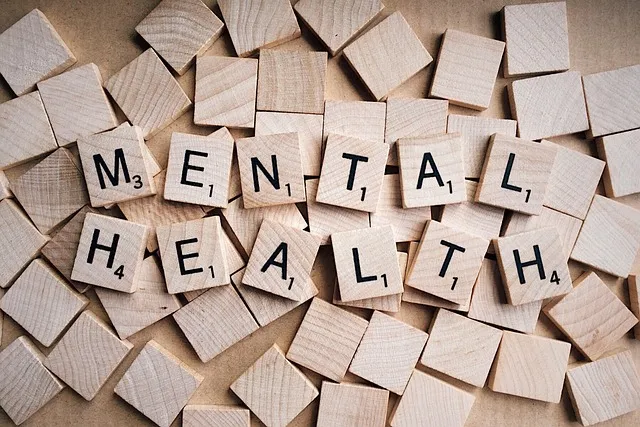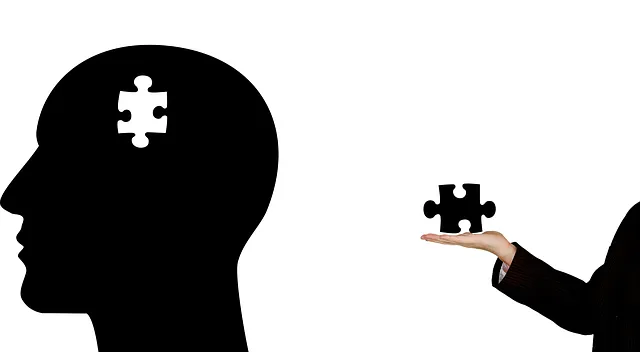Community outreach programs, such as Kaiser's Centennial Network, are vital for connecting individuals with mental health resources, including therapy coverage. By offering diverse services, risk assessments, and burnout prevention strategies, these programs empower people to manage their emotional well-being and promote early intervention. Through strategic planning, engaging various stakeholders, and overcoming challenges, successful outreach fosters community ownership, sustainability, and long-term positive impacts, addressing concerns like mental health therapy coverage and common issues like anxiety relief and burnout.
Community outreach programs play a vital role in connecting diverse populations with essential services. This article explores their profound impact, using Kaiser’s Centennial Network as a case study for successful implementation of mental health services. We delve into strategies for overcoming challenges and ensuring long-term sustainability, highlighting how innovative programs like these can revolutionize access to care. Discover how organizations like Kaiser are making a tangible difference by reaching underserved communities, including addressing mental health needs through accessible therapy, as seen in their Centennial initiatives.
- Understanding Community Outreach Programs: Their Role and Impact
- Implementing Effective Mental Health Services in Outreach Programs (Focus on Kaiser's Centennial Network)
- Strategies for Success: Overcoming Challenges and Ensuring Long-Term Sustainability
Understanding Community Outreach Programs: Their Role and Impact

Community outreach programs play a pivotal role in fostering connection and enhancing the overall well-being of individuals within a society. These initiatives are designed to bridge the gap between diverse communities, healthcare services, and essential resources. By taking services directly to those who may face barriers to access, outreach programs empower people to take charge of their emotional well-being promotion techniques. They provide an opportunity for early intervention, offering crisis intervention guidance and support when it’s needed most.
Centennial does Kaiser cover mental health therapy? Yes, many such programs are integral parts of larger healthcare organizations, ensuring continuity of care. The impact extends beyond immediate assistance; these initiatives foster a sense of community, build social connections, and encourage self-esteem improvement. They empower individuals to navigate life’s challenges, promoting resilience and overall well-being, and ultimately contribute to the creation of a stronger, healthier society.
Implementing Effective Mental Health Services in Outreach Programs (Focus on Kaiser's Centennial Network)

Community outreach programs, like Kaiser’s Centennial Network, play a vital role in expanding access to mental health services. With an increasing focus on holistic wellness, these initiatives aim to reach underserved populations and address the growing demand for mental healthcare.
Kaiser’s Centennial Network exemplifies effective implementation by offering a range of services tailored to diverse communities. This includes comprehensive mental health therapy covered under their insurance, catering to various needs from individual counseling to group support sessions. A key aspect is their integration of risk assessment tools for mental health professionals, enabling early identification and intervention. Furthermore, the network prioritizes burnout prevention strategies, crucial for maintaining a stable and effective workforce. By combining these approaches, Kaiser’s program effectively manages mood disorders and promotes overall mental well-being within the community.
Strategies for Success: Overcoming Challenges and Ensuring Long-Term Sustainability

Implementing successful community outreach programs requires careful planning and a deep understanding of the local landscape. One key strategy is to engage with stakeholders across different sectors, from healthcare providers like Kaiser, exploring if their services include mental health therapy, to local businesses and educational institutions. This collaborative approach ensures that programs are tailored to the unique needs of the community, fostering a sense of ownership and sustainability.
Overcoming challenges such as limited resources and reaching underserved populations is crucial for long-term success. Mental Health Education Programs can be designed to address common issues like anxiety relief and burnout prevention, empowering individuals with coping mechanisms and knowledge. By leveraging partnerships, innovative program design, and a community-centric focus, initiatives can thrive beyond their initial stages, creating a lasting positive impact that extends into the future.
Community outreach programs, such as Kaiser’s Centennial Network, play a pivotal role in extending vital mental health services to underserved populations. By focusing on accessible and culturally competent care, these initiatives ensure that individuals across diverse communities can receive the support they need. Kaiser’s successful approach demonstrates the importance of community engagement and collaboration in improving mental well-being on a large scale. With continued innovation and strategic planning, organizations like Kaiser can help bridge the gap in mental health access, ultimately fostering healthier and more resilient communities long-term. Additionally, addressing challenges through sustainable funding models and community involvement ensures that services like mental health therapy covered by Kaiser remain available to those who need them most, particularly in underserved areas where Centennial does Kaiser cover mental health therapy.





